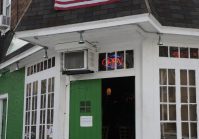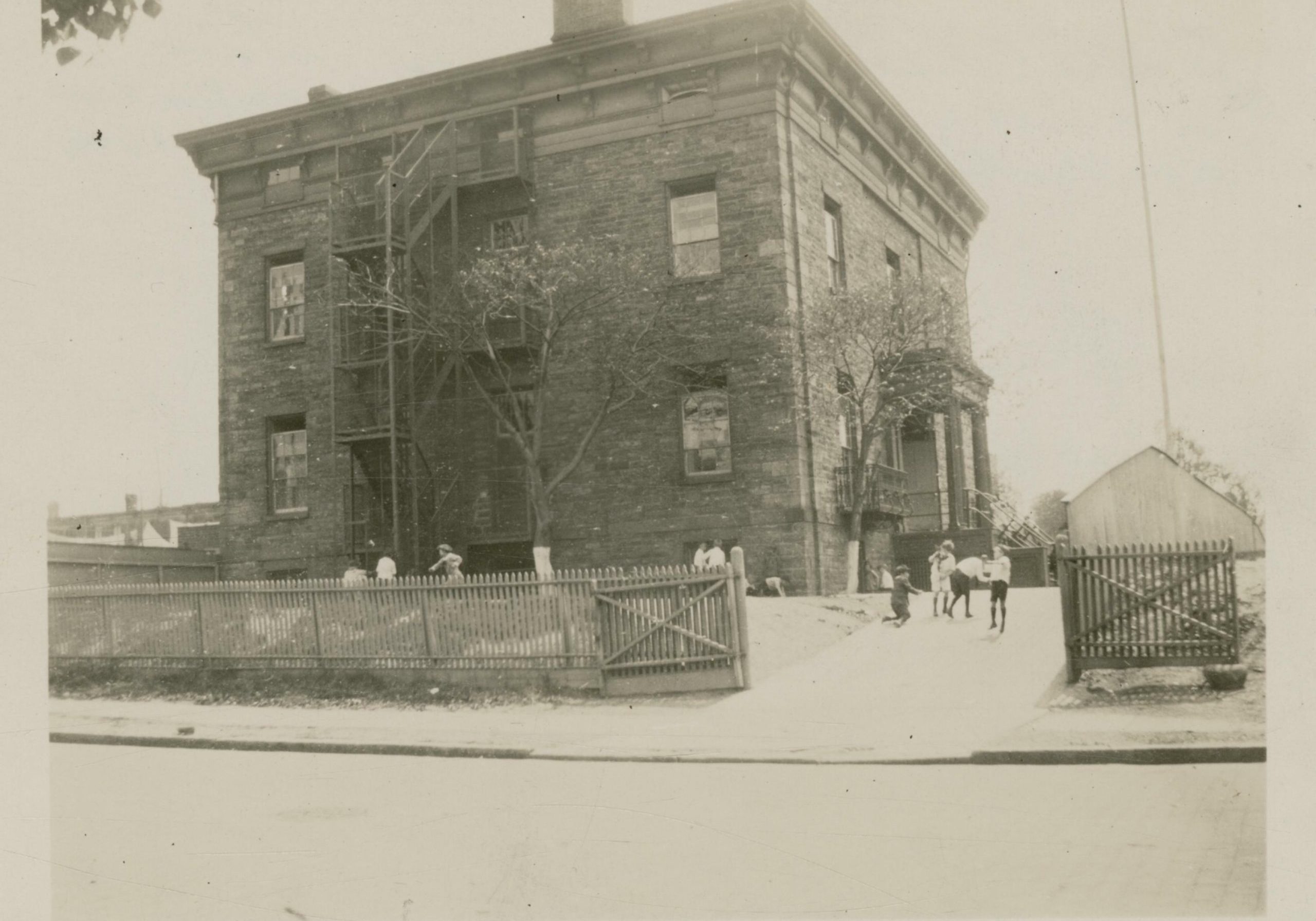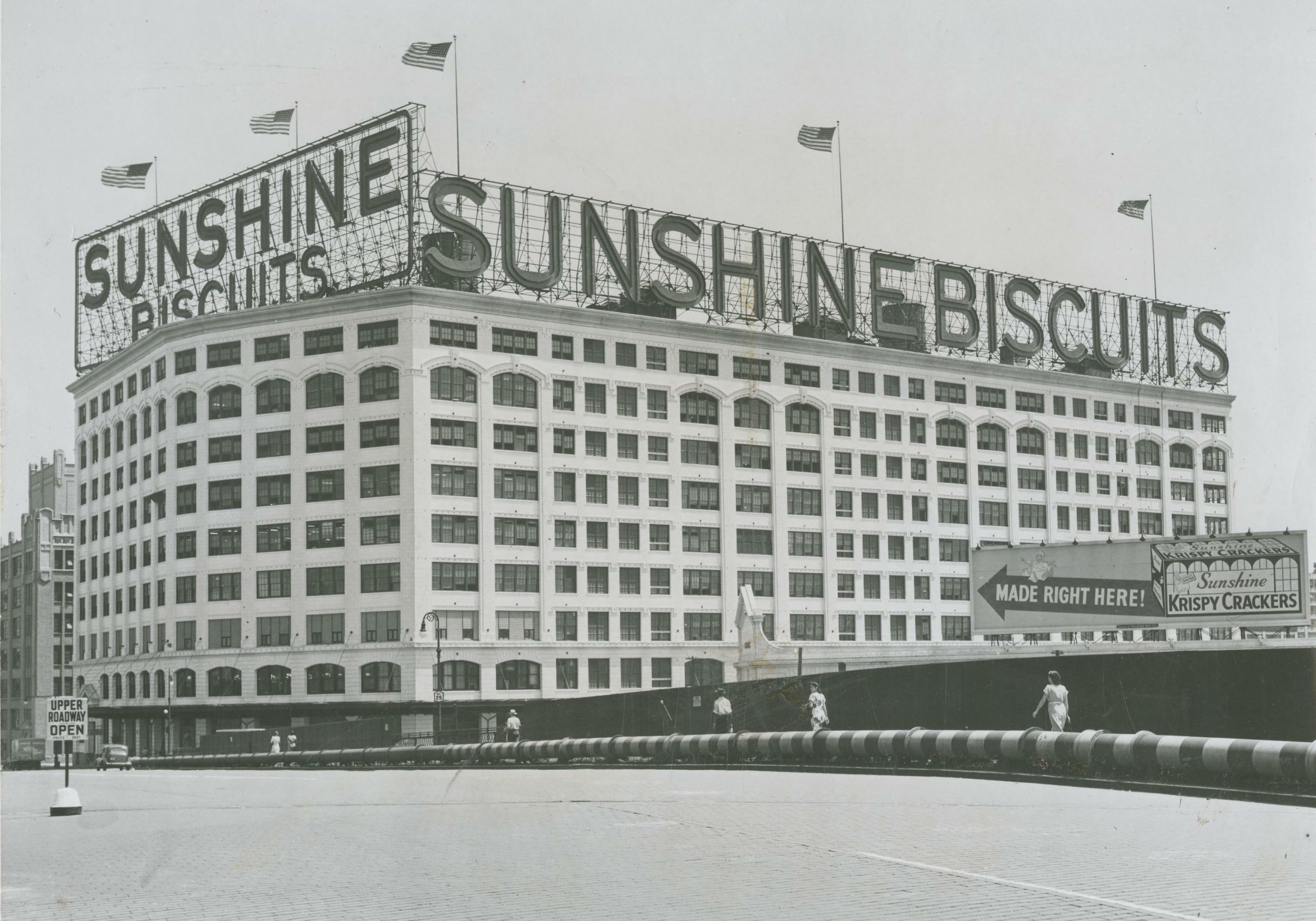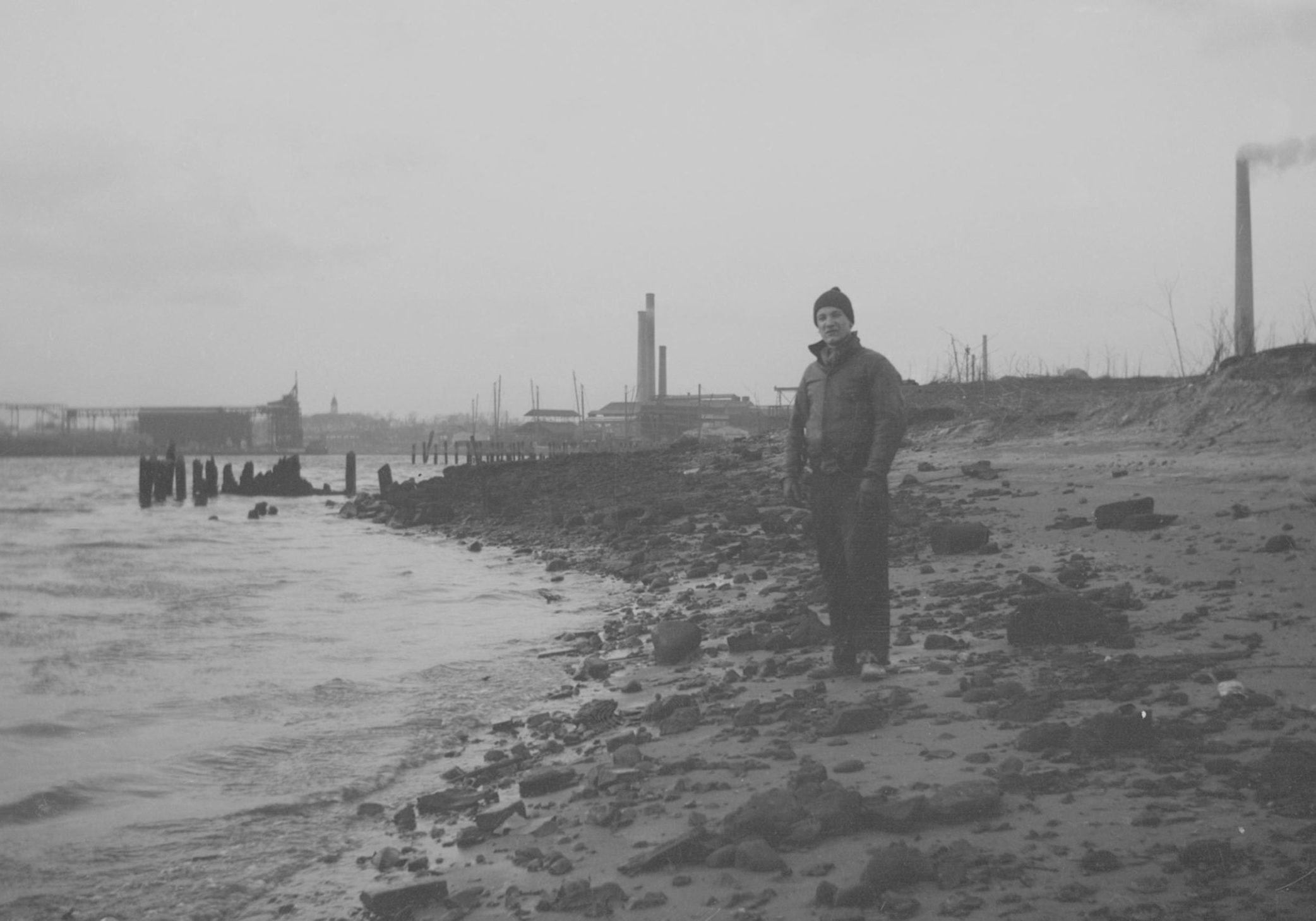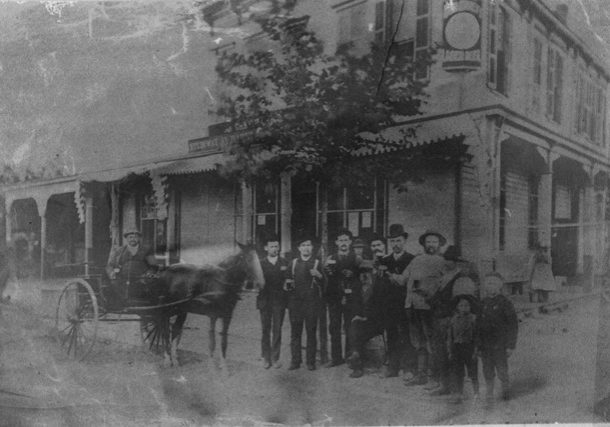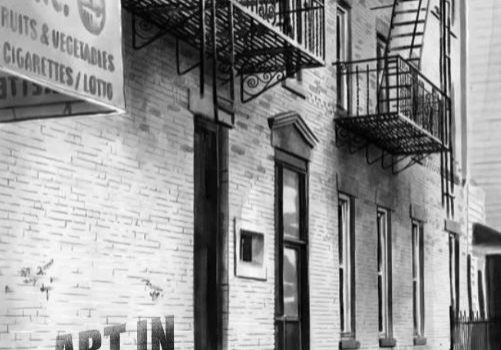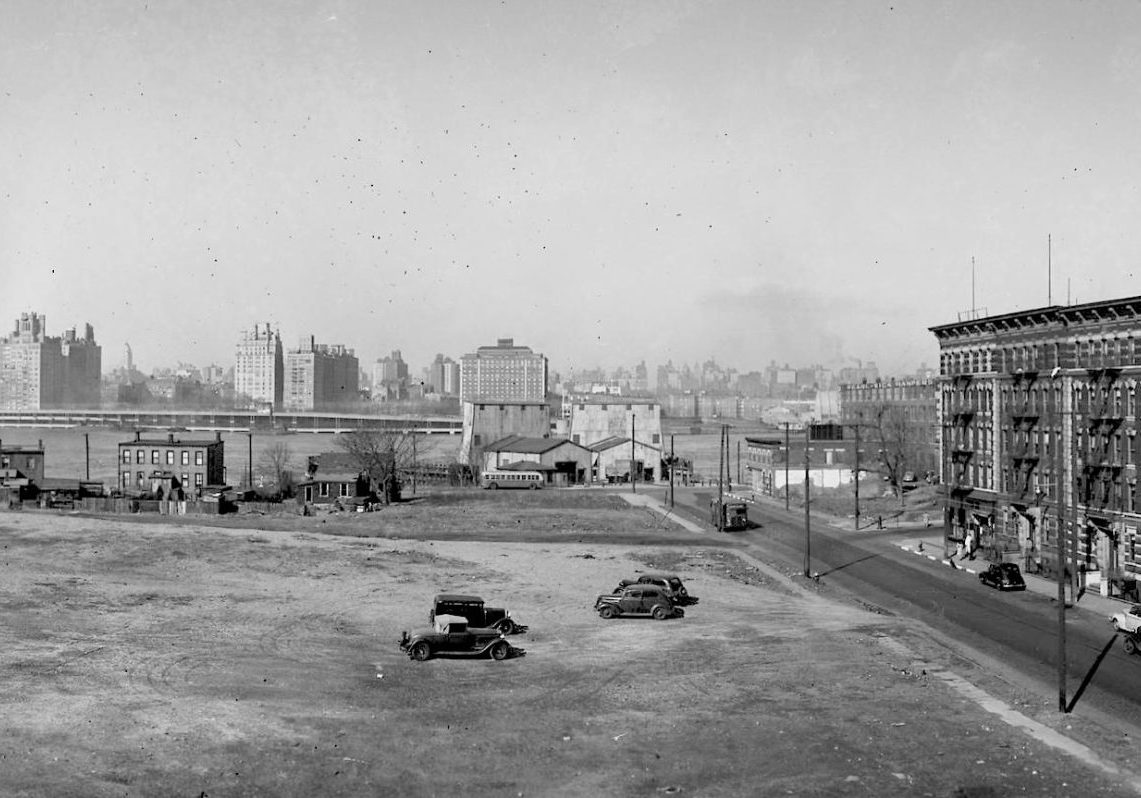Living in Astoria Like it’s 1654!
As one drives down the narrow one-way path of 19th Road in Astoria Heights you might notice an ancient, yet beautiful home constructed in the early Dutch style surrounded by shrubbery, and almost hidden from view.
To the average passerby it would be a surprise to know that this home is the oldest continuously occupied residence in New York City and the amazing historical treasures that are secreted within.
Marion Duckworth Smith is the resident and caretaker of this most precious property, The Lent- Riker Homestead erected in 1656. For almost three decades, Smith, and her late husband, Michael, have preserved the landmarked home at 78-03 19th Road, making it into an outstanding example of early Dutch colonial New York.
“This house is part of who I am,” said Smith. “It represents my whole being.”

Entering the house on with Smith as the tour guide, it is immediately apparent to any visitor that this is not any ordinary historic home. The interior is totally preserved, including the Dutch kitchen with exposed beams, wood floors and the original hearth and sitting parlor. The home is profusely decorated with charming trinkets, period furniture and even a Steinway piano.
On Aug. 9, 1654, Governor Peter Stuyvesant gave a patent certifying ownership of this land to Abraham Riker.

Abraham Lent, a Riker descendant, made major additions to the original Dutch farmhouse in about 1729. The house remained in possession of the Riker-Lent family until the 20th century, when it passed to William Gooth, who had been the personal secretary to the last Riker family member who owned the house. Gooth rented the house out to various tenants during the mid-20th century, with the stipulation that nothing about the property could be changed.
Smith was very candid about living in one of the most historic homes in the city, saying that people need to understand that someone is actually living here, and it is not a tourist attraction. She recalled the day, many years ago, when she was sitting in the kitchen and a tour group led by famous Queens historian, Vincent F. Seyfried passed through the property.
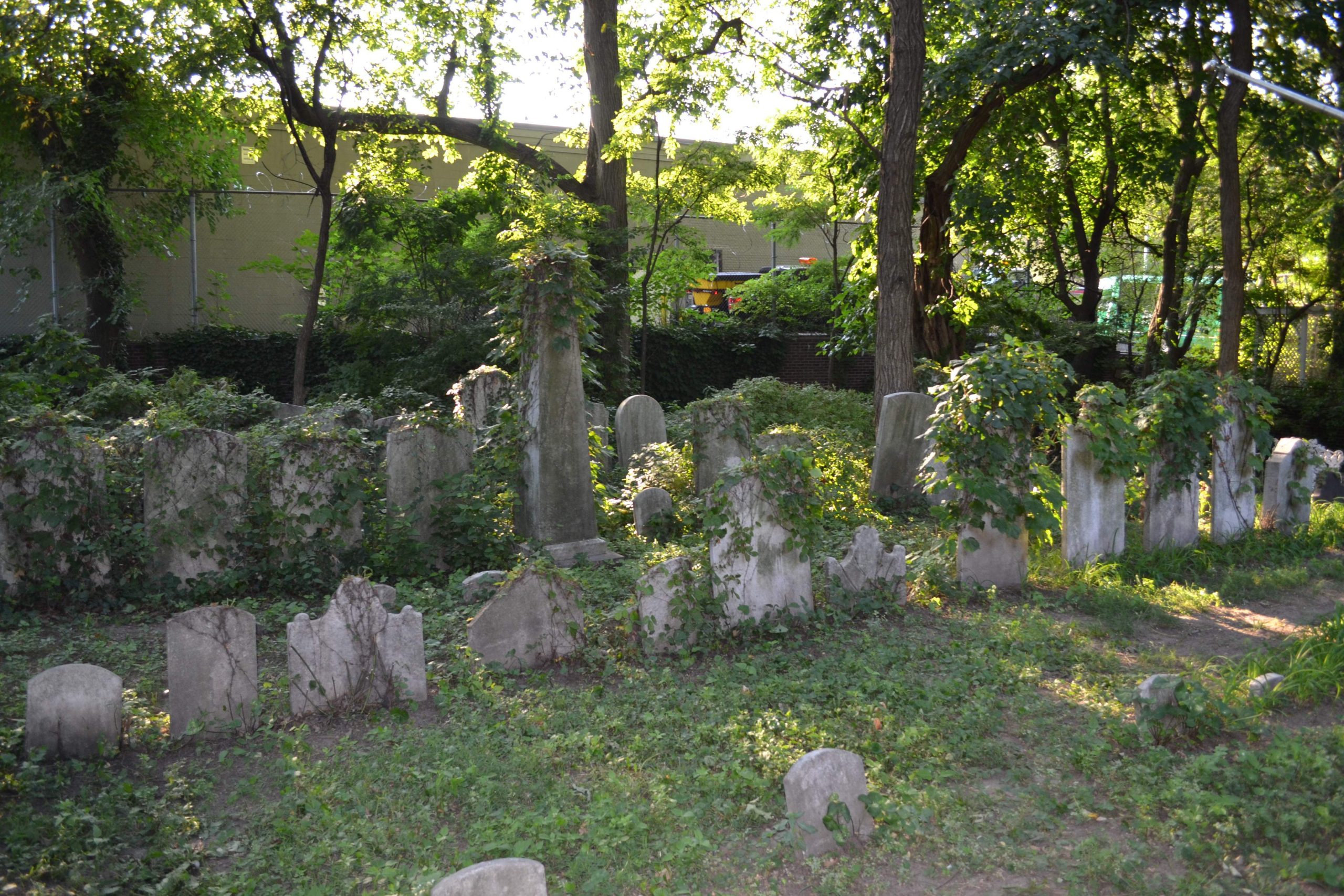
“When I walked outside and asked what everyone was doing on my property he was startled and then became embarrassed,” she remembered. “We got off to a rocky start Seyfried and I but we became lifelong friends soon after.”
It is in the garden, however, where visitors are able to understand the true importance and magnitude of this preserved property, for in the garden is located the Riker family cemetery.
The original iron gate with the name Riker still provides access to the burial ground, which contains 132 marked graves of the Rikers and the Lents. G. Abraham Riker, a soldier in President George Washington’s Continental Army who died at Valley Forge is here, as well as the exiled Irish Catholic patriot, Dr. William J. MacNeven, husband of Jane Riker. Another grave belongs to Catherine Ann Tone, wife of Wolfe Tone, leader of the 1848 Irish revolt. Also buried here are Smith’s late husband and her parents.
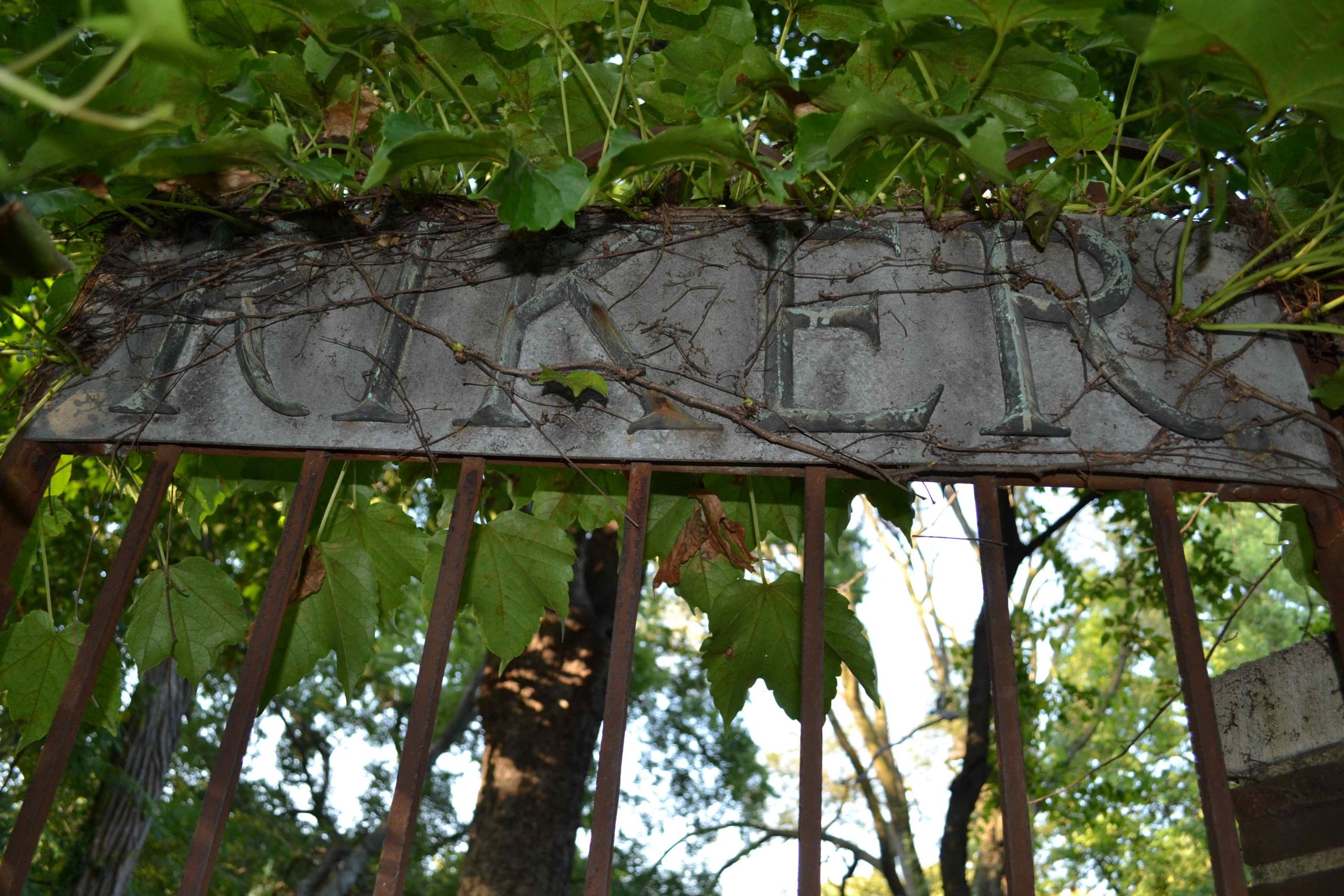
The late Michael Smith lived in the house beginning in the 1960s. In 1975, he bought the property, the house and its contents from William Gooth. Beginning in 1980, he and his wife began the present restoration.
Marion Smith, a professional photographer, has used the scenery as the subject and inspiration for her bestselling book, The Romantic Garden.
As far as the future of the house is concerned, Smith can only hope that it goes to a proper owner, willing and able to preserve and maintain the labor of love that has gone into the past 40 years.
“Only time will tell,” said Smith. “I am part of the history of this home. I have lived here and loved here and I will be buried right here.”
For more information on the Lent-Riker Smith Homestead visit www.rikerhome.com.





